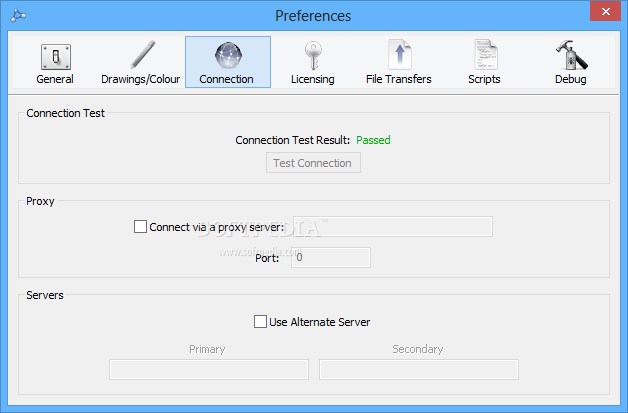
cineSync claims to deliver quality playback of high-resolution video from anywhere in the world, perfectly synchronized for all viewers. Again, it is not built or used specifically for the creative or entertainment industry.ĬineSync comes from Cospective, a subsidiary of ftrack, which is an Australian-based company that produces popular production tracking software. It’s also used for enhancing productivity and communications in labor roles such as warehouse work. Microsoft Teams is popular in healthcare and corporate environments. But for creatives at work, it’s function over form. For example, they recently released “Together Mode” where it makes everyone look like they are sitting in the same room, which adds to the fun. Microsoft Teams also has specialized devices that can help make remote communication even easier. Made for integrating with Microsoft 365, Microsoft Teams lets you have audio, video, chat, screen sharing, and more. Zoom is commonly used for corporate work, education, healthcare, and government. Not specifically built for creative work, Zoom offers a screenshare function, but lacks the quality necessary to review full-res video. Zoom works well for no-frills video meetings and large-scale (one-to-many) webinars.
CINESYNC REDDIT SOFTWARE
Easy to use and available on mobile devices as well, Zoom offers connections from almost anywhere however, the software has quite a few security issues that continue to disrupt meetings and the screen share feature isn’t up to par for working on high quality video content. One of the most popular conferencing software products, especially since the pandemic started. Use cases include: editorial VFX reviews dailies music and sound production live streaming cameras from set animation and game development production meetings and more. Google Chrome browser-based no downloads to join a meeting.And in 2020, Evercast received an Engineering Emmy for addressing issues related to Covid-19. Latency is about 150 ms on average, faster than the blink of an eye. Security features include encrypted streaming, invite-only private rooms, and protected recordings. The platform has been vetted by all the major Hollywood studios as well as industry leaders in gaming and advertising. With the ability to stream moving content and video conference at the same time, teams of up to 15 people or so can work as if they were together in the same room.

The founders of Evercast worked closely with peers in the industry to build the platform as the ultimate conferencing and collaboration software that satisfies the needs of both small production teams and large studios.
CINESYNC REDDIT HOW TO
On the surface, most of these solutions seem the same: they all use buzzwords like “collaboration,” “secure,” and even “award-winning.” So how to choose? Let’s go over them one by one.Įvercast was designed for creatives by creatives. (For the purposes of this piece, however, we’ll only focus on the ones above.) Other popular video conferencing solutions include GoToMeeting, BlueJeans, Cisco Webex, Discord, and Skype. Clearview Flex - high-resolution, low latency collaboration from pre-production to FX with color and audio accuracy.cineSync - real-time sync for footage review, annotation and approval.Microsoft Teams - the collaborative component of Microsoft 365 that lets people discuss as well as work on projects/documents together.Zoom - online meetings, phone, screen sharing and real-time chat on any device including iOS and Android.

Evercast - combines HD video conferencing and live streaming on a secure platform (that’s us!).In a nutshell, some of the top remote collaboration and video conferencing software tools used by creative professionals are: But how successful are they? In this blog post we’ll take a deep dive, comparing functionality, features, and services so you can make an informed decision. In the past few years, several tech companies have developed platforms promising to solve these myriad of challenges. Add to the fact that co-workers are often spread out across the globe, you are also often dealing with bandwidth, CPU, and latency issues that can quickly lead to communication breakdowns (and perhaps a few tears). In a perfect world, creatives working remotely on video content should be able to talk face-to-face while securely reviewing footage from wherever they are located and easily comment and make notes.Īdditionally, due to issues such as intellectual property rights and piracy, security is always paramount. Specifically, they have special needs for remote collaboration and communication that simply can’t be addressed with the traditional conference call. – are special (we probably don’t need to tell you that). Creative professionals – anyone working in media, entertainment, gaming, advertising, music, etc.


 0 kommentar(er)
0 kommentar(er)
